
Disinfection Validation for Reusable Medical Devices
Definition of Disinfection
01 Low-Level Disinfection
A lethal process that can kill most vegetative bacteria, some fungi, and viruses, but cannot kill mycobacteria and bacterial spores.
02 Intermediate-Level Disinfection
A lethal process that can kill most viruses, mycobacteria, fungi, and vegetative bacteria, but cannot kill spores.
03 High-Level Disinfection
A lethal process that uses sterilants under conditions less severe than sterilization. This process can kill all microbial vegetative forms, except for a large number of spores.
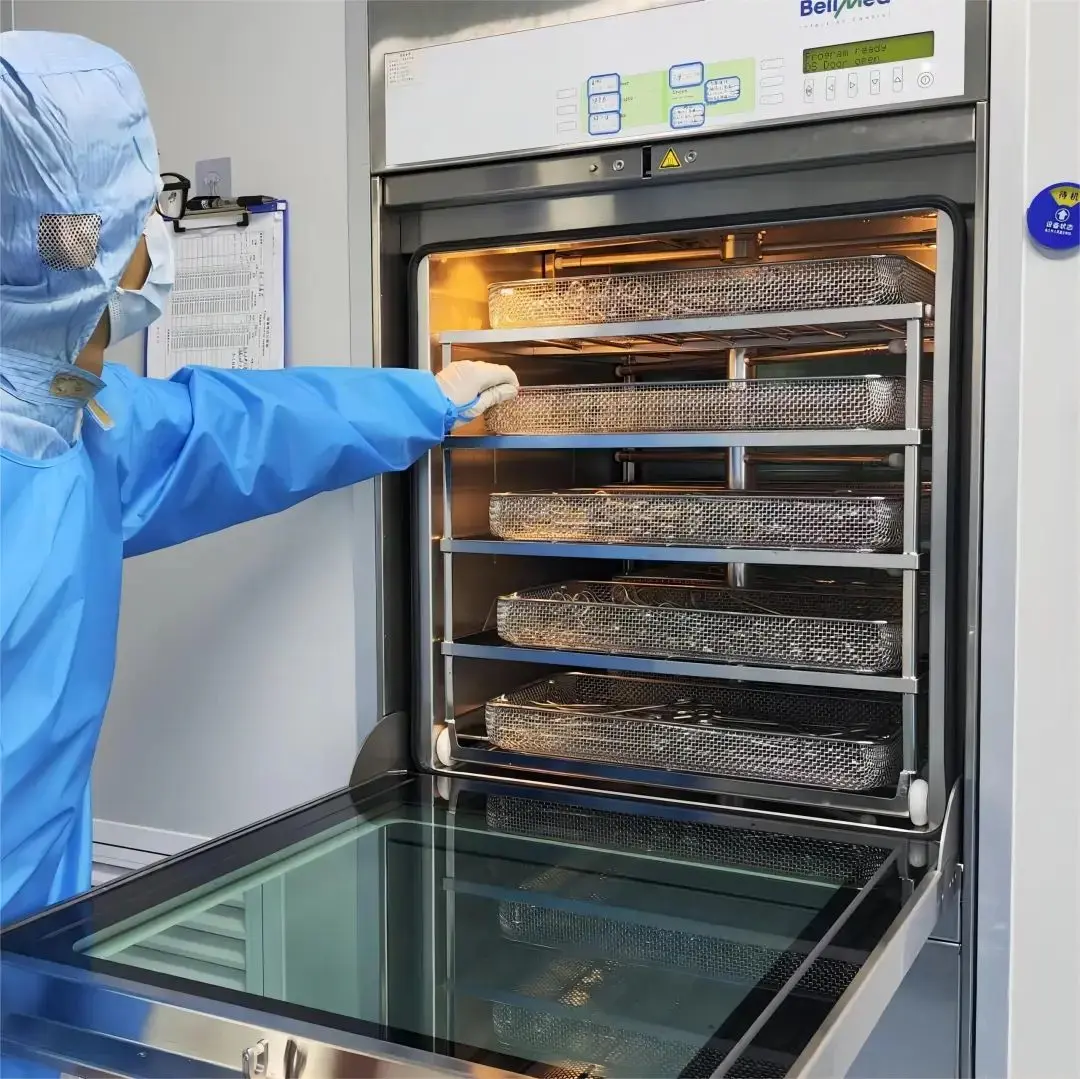
Selection of Disinfection Methods
When selecting disinfection methods, the compatibility between the disinfection method and the medical device should be considered, including the adaptability of the disinfection factors, their impact on device performance, and their physical or chemical effects on the device materials.
For thermal disinfection, factors such as deformation and thermoplastic effects should be taken into account. For chemical disinfection, issues such as chemical corrosion, material compatibility, and disinfectant residue should be considered.
Disinfection Validation
Purpose of Disinfection Validation:
To confirm whether the disinfection method and disinfectant specified in the instructions/label can effectively remove microorganisms from medical devices.
Each disinfection method and/or disinfectant listed in the device instructions must be individually validated.
Thermal disinfection and chemical disinfection are different disinfection methods and must be validated separately.
1) Thermal Disinfection: Each set of conditions specified in the instructions must be individually validated.
2) Chemical Disinfection: Each recommended disinfectant must be individually validated.
3) Manual and Automatic Disinfection: Must be validated separately.
Implementation of Disinfection Validation
01 Inoculation
1.1 Selection of Test Microorganisms
Based on factors such as the intended use of the device, risk level, disinfection level, resistance of the disinfection process, and the resistance of the bioburden on the device, the representativeness of the reference microorganisms should be confirmed.
AAMI TIR 12-2020 recommends using typical vegetative organisms such as Staphylococcus aureus, Pseudomonas aeruginosa, Escherichia coli, and representative Klebsiella strains (e.g., Klebsiella pneumoniae) for low-level disinfection validation; the same vegetative strains along with appropriate Mycobacterium strains for intermediate-level disinfection validation; and suitable Mycobacterium strains for high-level disinfection validation.
1.2 Selection of Inoculation Sites
Testing can be conducted on the entire device or on the most difficult-to-disinfect areas. These include: internal channels of the device, hinges, pits, joints with gaps, shafts within cavities, cracks, etc.
02 Disinfection
After microbial inoculation, disinfection of the product should be carried out using clearly defined routine and validation disinfection methods.
Both routine and validation disinfection methods must have clearly defined process parameters. Validation disinfection should use the lowest process parameters, such as:
- Shortest time
- Lowest temperature
- Lowest concentration
03 Elution
After disinfection, any remaining microorganisms on the device should be eluted. The elution efficiency must be verified to ensure the elution method can sufficiently remove residual microorganisms.
The eluent may require the addition of neutralizers to counteract residual disinfectants. It must also be ensured that the neutralizer does not inhibit microbial growth.
In addition, the elution method must be validated to confirm it does not damage the microorganisms.
04 Culturing
The eluted solution is collected and filtered using a membrane filtration method. The membrane is then placed onto the appropriate culture medium and incubated at a specified temperature for a defined duration.
05 Acceptance Criteria
According to AAMI TIR 12-2020:
- For low-level disinfection, typical vegetative organisms such as Staphylococcus aureus, Escherichia coli, Pseudomonas aeruginosa, and Klebsiella strains must show a reduction of no less than 6 log10.
- For intermediate-level disinfection, in addition to meeting the requirements for low-level disinfection, appropriate Mycobacterium strains must show a reduction of no less than 3 log10.
- For high-level disinfection, Mycobacterium strains must show a reduction of no less than 6 log10.
Currently, JJR Laboratory in China mainly provides the following testing services:
- Microbiological and chemical performance testing of medical devices
- Packaging system performance testing, including sterile barrier system performance, accelerated aging, natural aging, high and low temperature environmental testing, and transportation performance
- Water quality testing
- Cleaning, disinfection, and sterilization validation of reprocessed medical devices
- Routine sterilization, including ethylene oxide sterilization, steam sterilization, and low-temperature vaporized hydrogen peroxide plasma sterilization.
Testing methods cover a wide range of national and international standards such as GB, YY, ISO, AAMI, ASTM, ISTA, EN, USP, and EP.
Email:hello@jjrlab.com
Write your message here and send it to us
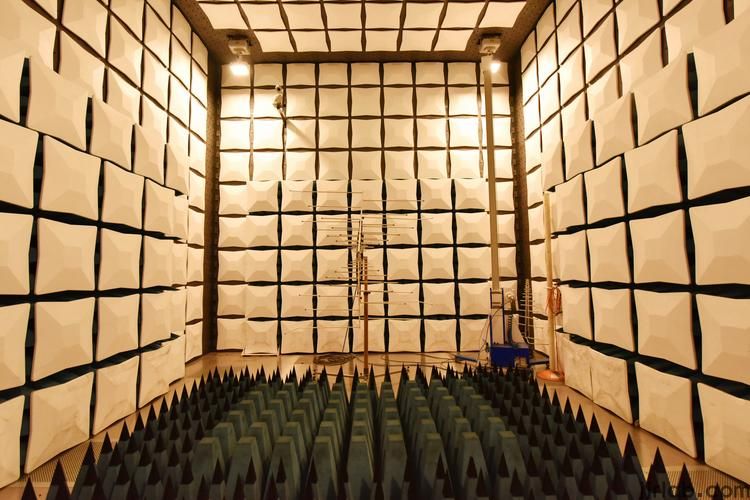 EU 2.4G Products CE-RED Directive
EU 2.4G Products CE-RED Directive
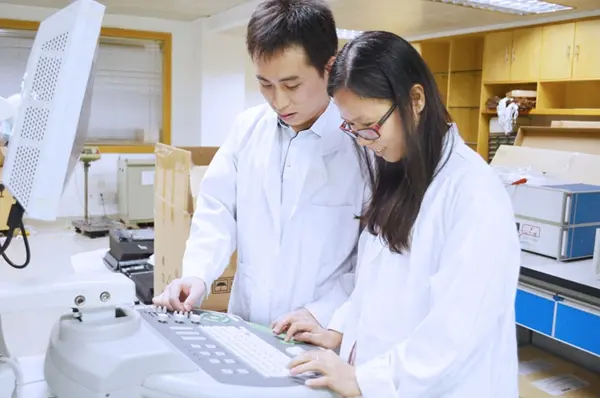 Cytotoxicity Analysis (CCK-8 Method)
Cytotoxicity Analysis (CCK-8 Method)
 Disinfection Validation for Reusable Medical Devic
Disinfection Validation for Reusable Medical Devic
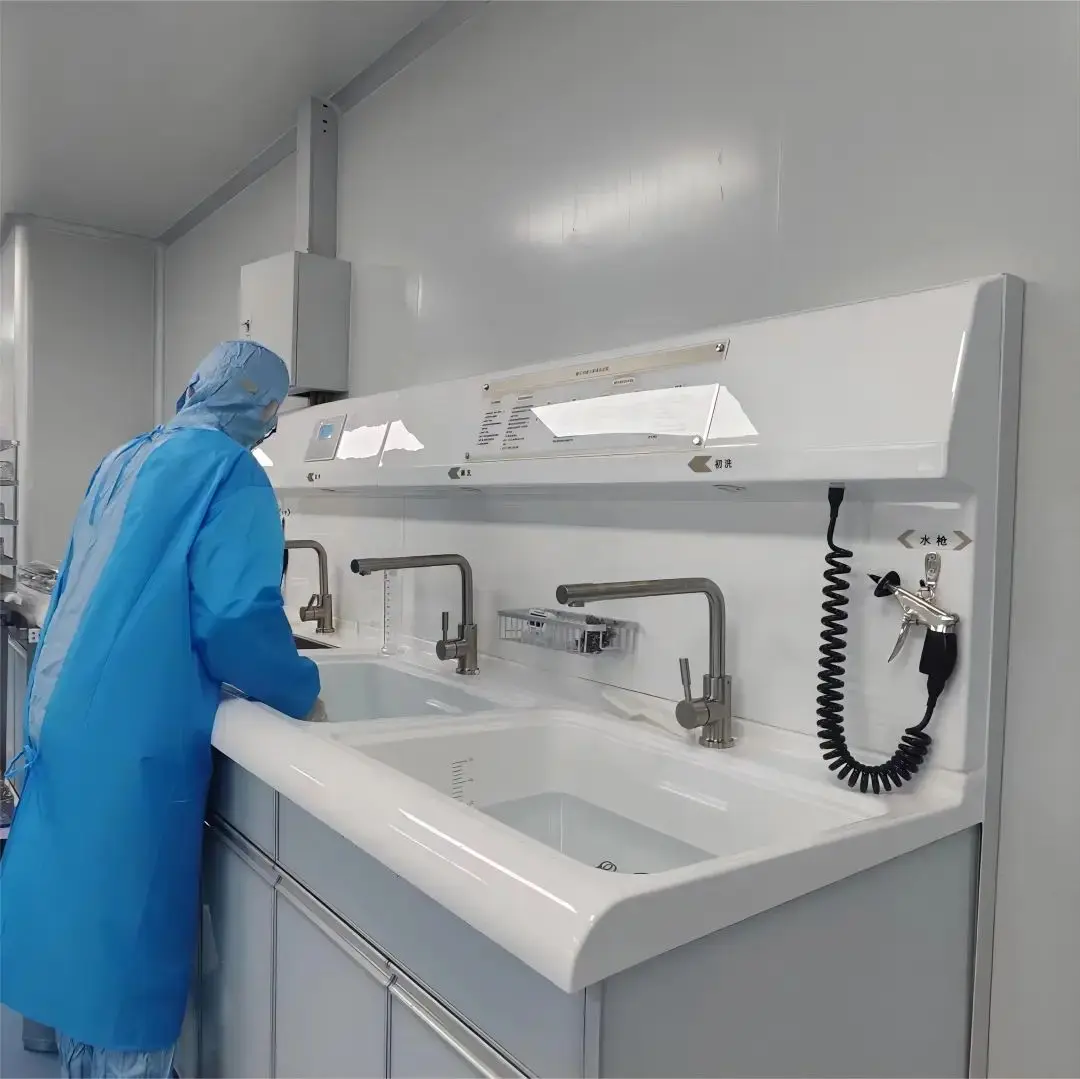 ASTM F3208-2020 Testing Laboratory
ASTM F3208-2020 Testing Laboratory
 Reprocessing of Reusable Medical Devices ISO15883
Reprocessing of Reusable Medical Devices ISO15883
 Wireless Product Certification Guide
Wireless Product Certification Guide
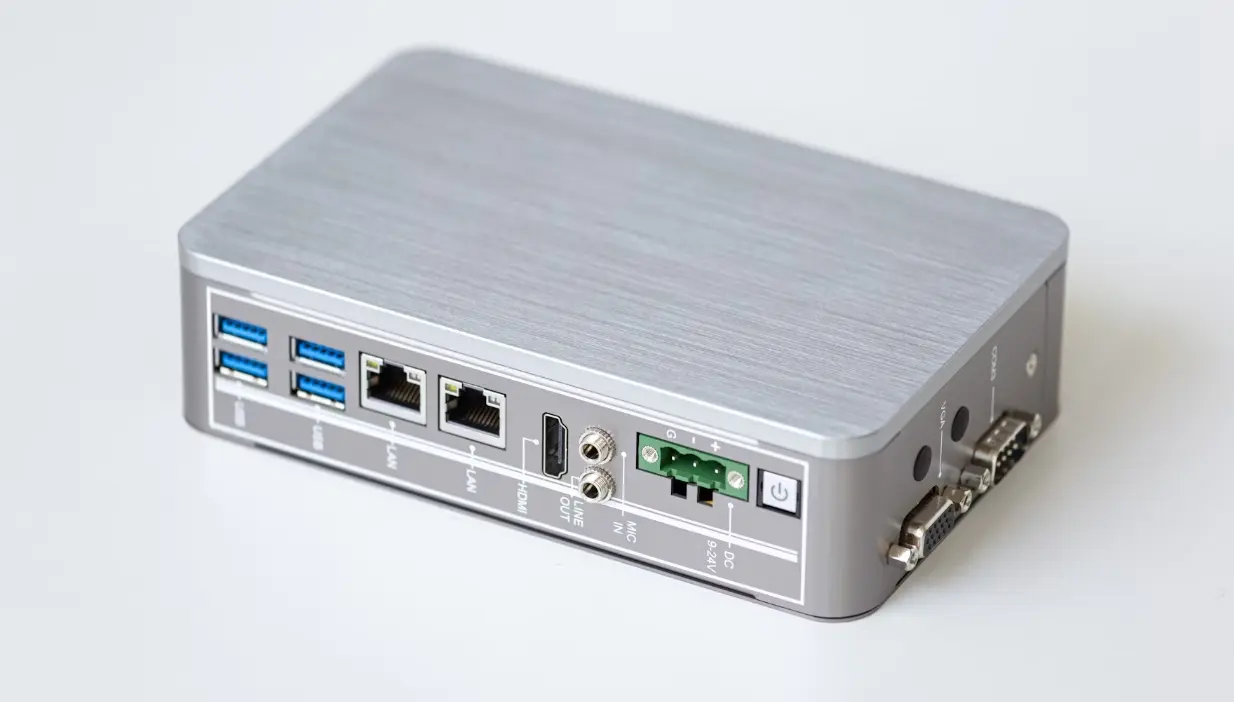 TISI Certification for Hair Dryers in Thailand
TISI Certification for Hair Dryers in Thailand
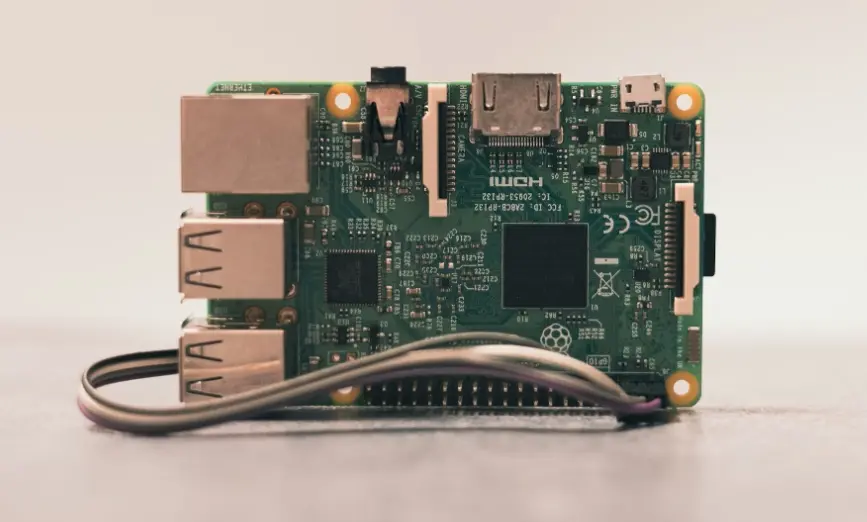 Thailand TISI Compliance Certification Reminder
Thailand TISI Compliance Certification Reminder
Leave us a message
24-hour online customer service at any time to respond, so that you worry!




